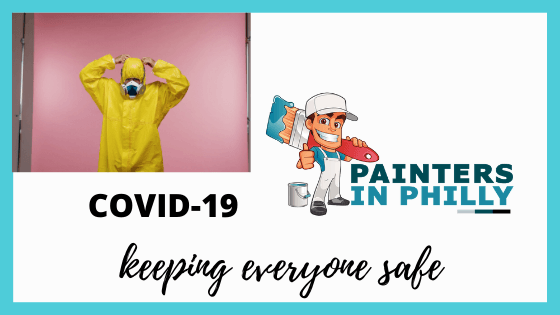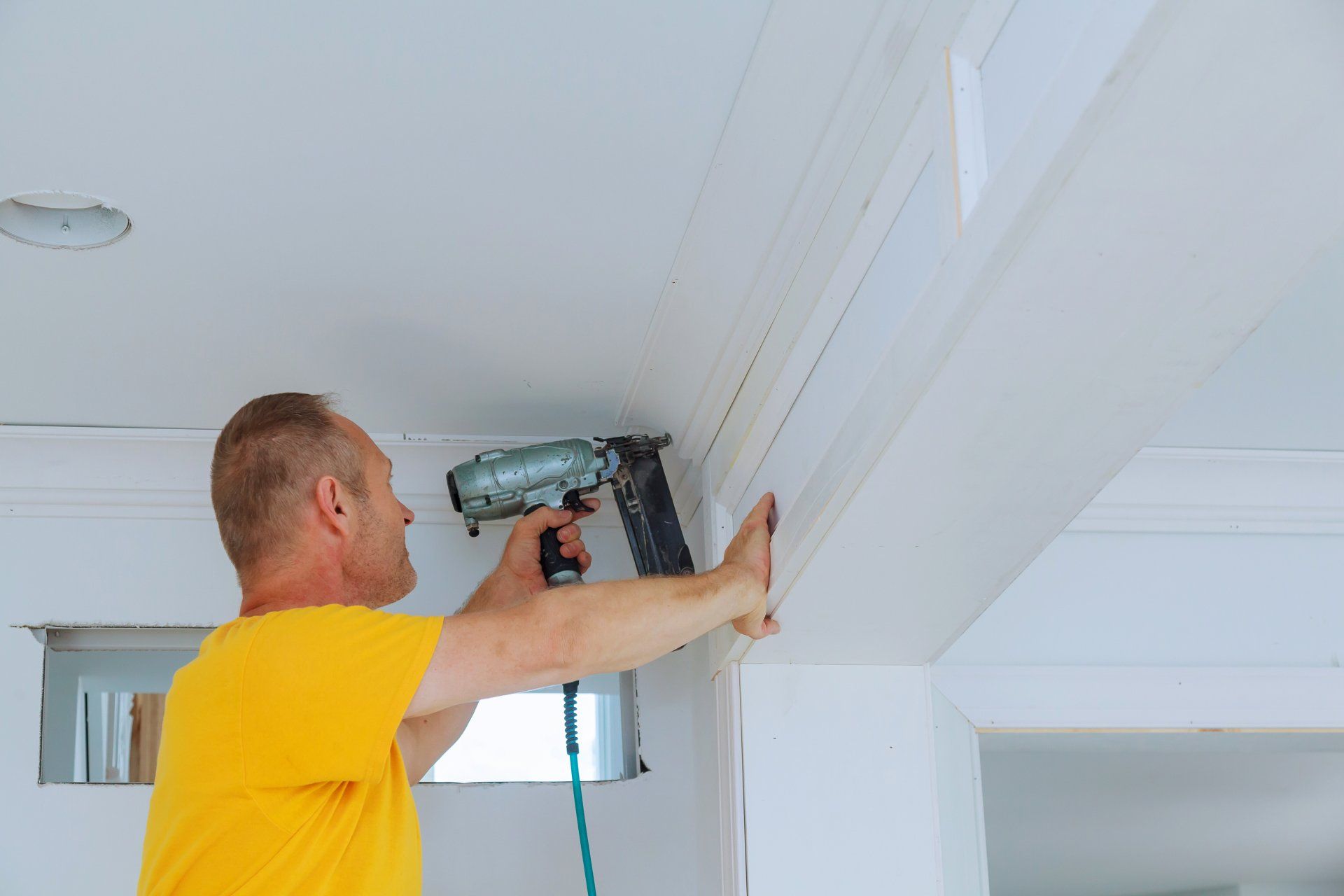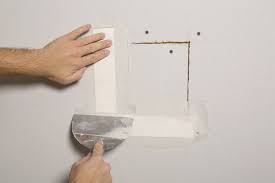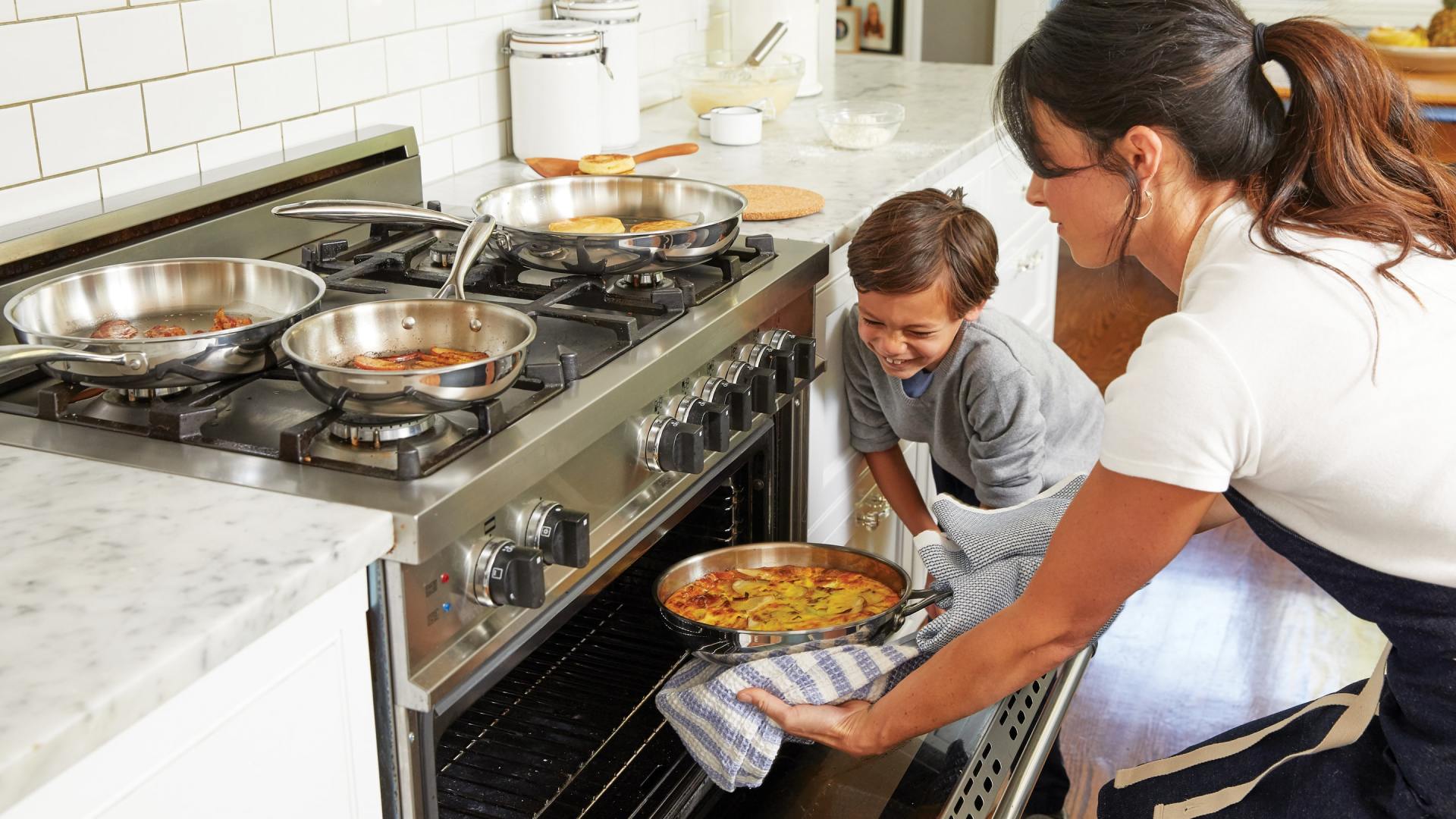Ways to remove paint from any surface and how to remove paint from any surface
Painters In Philly • December 25, 2019
Ways to remove paint from any surface and how to remove paint from any surface

Ways To Remove Paint
Paint can get on anything. When it does, removal often seems more daunting than it really is. Before you get into the process of removing paint, it is important to know what this substance is made of. The basics of paint break down into four distinct categories: pigments, binders, additives, and liquid ingredients.
Additives and liquids vary greatly based on factors such as cost. Expenses also come into play when comparing pigments. Any mixture with a titanium dioxide pigment is sure to last longer than lesser pigment choices like silica. Oils and acetate make up the standard binder. All of this combines to create beautiful finishes, but no one wants to deal with splashes and spills.
Since paints have their own chemical combinations, the surface or item it lands dictates how you deal with an artistic mess. Try these solutions when the paint becomes a problem. Keep in mind that some techniques may need to be repeated for the best results.
How To Remove Paint From Carpet, And Ways To Remove Painted Spots From Carpet
When spills are fresh (paint is wet),
Painters in Philly recommends cleaning the paint right away using a wet towel or quickly removing the paint with paint thinner. Dry spots need more attention. Mix dishwashing liquid with warm water. Apply it gently to the spot or spots. Let it sit for several minutes and remove with a paper towel or cloth. If the spill is on a larger carpet surface then don't let the paint dry in its current place. Quickly rent a carpet cleaner and the key is to mix
paint thinner and soap to the
carpet cleaner. Go over the dry paint several times until it starts to come off the carpet.
The most common technique used on wet paint is to gently pat the wet spot with a paper towel or similar paper product. Smaller spots may also be soaked up with a cotton ball. Wet paint shops on the carpet are fairly easy to remove.
How To Remove Paint From Flooring, And Ways To Remove Painted Spots From Flooring
Flooring often splits into artificial and authentic categories. Laminate is the most commonly seen artificial option. Dab a small amount of nail polish remover over the spot and let it sit for a few minutes. Afterward. peel away the paint and quickly wash off any remaining residue. Check the surface to ensure no permanent damage has occurred. If you see any stains or pigment damage on the laminate flooring, take a cotton towel to dip the towel in mineral oil and stain the damaged section, this will bring back the life of the damaged laminate flooring.
For hardwood flooring, start with a scraper and gently try to peel away any dry spots. Otherwise, begin by adding a few drops of paint remover to the surface and remove it in the allotted time. Any bottle should list an appropriate time based on material. Finished flooring may lose its top layer, so
Painters In Philly are prepared to replace the area’s top layer with a new coat the appropriate stain.
How To Remove Paint from Tile, And Ways To Remove Painted Spots From Tile
Whether on floors or walls, dry paint is often better to remove than wet spots. In most cases, letting the wet paint dry is advisable since it reduces removal issues. For tiles, this rule also applies. Start with a scraper to see if any of the paint will naturally peel away from the surface. If the paint is wet start with mineral spirits or a similar product to finish the process. As with any removal liquids, follow the manufacturer’s instructions.
How To Remove Paint Bathtub, And Ways To Remove Painted Spots From A Bathtub
Some products directly address bathtub marks and scuffs, but may not be as useful when dealing with paint. Nail polish remover is a great choice for bathtub surfaces and should be used sparingly. Along with peeling the paint away, this remover could bleed colors onto the surface. If using a cloth, Painters In Philly recommends to only use the required amount around the area. If too much nail polish remover or paint removes is used then you may risk taking all of the paint away from the bathtub.
How To Remove Paint from Toilet, And Ways To Remove Painted Spots From A Toilet
Cooking oils come in handy for this surface. Since a toilet is made of porcelain toilet and sink are easy to clean and stand better against stains, it also makes it easier for Painters in Philly to remove splotches. If dried paint doesn’t peel away from the surface, applying a few drops of any cooking oil, greaser also works much the same. Leave for a few seconds and the paint should simply fall off with little effort.
How To Remove Paint from Mirrors, And Ways To Remove Painted Spots From Mirrors
We have all seen it, mirrors are filled with the splashes of toothpaste after we brush, oil residue remains on the mirror surface after we touch the mirror. Fingernail polish remover is the best choice for these items. This liquid easily breaks down the paint and cuts down on removal time. Follow up with glass cleaner instructions to cut down on streaks that might remain afterward. Always use a
microfiber cloth when cleaning glass to reduce micro-scratches and to prevent damaging the mirror surface.
How To Remove Paint from Countertops, And Cabinets, And Ways To Remove Paint From Countertops and Cabinets
Countertops are made for added durability, but that doesn’t mean just anything will remove paint. Much like other items made from laminate or Formica, look to
cooking oils as your best bet. Apply a few drops and let the liquid sit for several minutes. After 10 to 15 minutes, test a spot and see if any bits have peeled away. Repeat the steps until the spots have been removed.
Handles on cabinets usually feature metals or stronger materials that can stand up to traditional paint removal. Carefully wipe a cloth dipped in paint thinner or paint remover and make sure the mixture only touches the handle itself. Touching the cabinets may cause the paint on the cabinets or the outer layer of stain to rub off.
How To Remove Paint from Doors, And Ways To Remove Paint From Doors
The amount of paint on the door often dictates how much effort is needed. If you’re in the process of renovating the door, doing a full peal of the paint with a scraper may be the best course of action. Wooden doors may also need an assist for a scrap of sandpaper in certain spots. For other materials, stick to the scraper and a soft cloth. If extra effort is required, a standard paint remover or mineral spirits in the selected spots help make quick work of the project.
How To Remove Paint From A Switch, And Ways To Remove Painted Spots From A Switch
Because the switch is likely to be in contact with electrical wiring, it’s advised that any power to the switch is off before starting. Then, check the area to make sure paint has not dripped into the socket or surrounding spaces behind the plate. If any has set in, use a rubber or plastic took to remove the splotches. Take time on this part of the project and be sure to avoid any contact with wiring or potentially dangerous pieces. The outside plate offers more cleaning options, but avoid anything with alcohol or flammable substances. Cooking oil rubbed onto the spot should safely take care of any damage.
How To Remove Paint From Appliances And, Ways To Remove Painted Spots From Appliances
Soap and water is usually the best choice for appliances. Dabbing a cloth into the mixture and applying it to the paint should loosen it enough for removal. A razor blade also works well if other methods fail. Gently glide the blade across the surface to help break up the unwanted paint. Exercise extreme caution with the method since there is a sharp blade involved. Safety should be your first priority and if you do not feel confident always see the help of professionals.
How To Remove Paint From Phones And, Ways To Remove Painted Spots From Phones
If the smartphone itself has paint splotches, use a cotton swab or cotton ball dipped in nail polish remover. Use the liquid sparingly and gently dab on any spots. Do not try to scratch or scrape, especially if the screen is involved. Many phones have cases covering a majority of its surface, if paint drips onto the case there are some easy ways to deal with the spots. Remove the case and use the swab or cotton ball to remove the paint. Painted cases or those with graphics may be scraped away or worn off during this process. It may be an unavoidable step in removing the unwanted drops. If you were thinking about getting a new screen protector or a new case this may be the best time to do so.
How To Remove Paint From Furniture, And Ways To Remove Paint From Furniture
Two of the best choices for furniture paint removal are direct scraping and cooking oil. For more severe spills, sandpaper may be needed and Painters in Philly usually try to avoid this step because this will remove the outer layer and leave a rough surface. In these extreme cases, paint or stain may need to be reapplied to recreate the furniture’s most recent look. If oil is used, dab it into the spot, expanding outward to make sure a small space outside of the spot is covered.
How To Remove Paint From Skin, And Ways To Remove Painted Spots From Skin
The easiest way to remove paint from the skin is by consistently running water over the spots. It's a trick that many painters in Philadelphia use after a day at work. It should loosen the paint enough to be pulled off. If the water itself is ineffective, add dishwashing liquid and rub it into the selected areas. Keep the warm water running over the soapy areas after application. Together, the two ingredients should safely remove the remaining pieces. For stubborn spots, consider using a washcloth or exfoliating scrubber.
Be sure to call painters in Philly for all and any of your paint needs. We are always running special discounts and promotions to ensure that you get the best quality service at a price you will love.

Who is a Painting Professional? A painting professional is an expert experienced in preparing and painting interior as well as exterior surfaces. Clients hire Philly painters to either work on residential or commercial properties because they are reliable and trusted professionals. Professional painters get engaged in activities like removing old paints, selecting materials and colors, priming painting surfaces, mixing up colors, and tidying their job sites. As a client, you may fail to know the best paints for your surfaces. Painting professionals examine the areas to be painted and guide you on the right color to purchase. There are various types of paints, and one should consider the structure of the surface that needs to be painted before buying the paint to be used. These professionals also know the colors that suit each other when it comes to switching. Is it worth hiring a Professional Painter? Whether you require interior or exterior painting, always choose to hire professional Philadelphia painters rather than doing the task yourself. It will cost you more time, energy, and money if you attend to the job, whereas hiring an expert is affordable and guaranteed everything would be done correctly. A painting expert concentrates on the job at hand, hence being done in a short while, unlike you, who will get distracted from time to time by other household tasks. Most individuals who opt to paint themselves also end up hiring a professional painter to finish up the painting activity. Also, if you go for painting yourself, you will have to buy the paint and the right painting tools. Philly painters will come with the necessary tools to tackle the task in the right way. The tools include varying sizes of brushes, the required trays, and tape. Buying all the items is expensive due to the costs associated with painters' tools. Besides the above advantages of hiring a real professional painter, the main one is the job results. They can produce professional results and give your surfaces a smooth, even look that comes out spectacular. The best thing to do is to trust professional painters to get great results. Your place will have an even fantastic look that can be admired by everyone who visits it after completion of the painting job. How do Painters estimate the Price for a Painting Project? Every professional painter charges the painting cost for any surface per square foot. The price of painting interior surfaces is lower than painting exterior surfaces. For every square foot, the charge range from $1 to $4 depending on the surface and the hired painter. However, all Philadelphia painters offer affordable, high-quality painting services to potential and existing clients. Our results after completion of a painting task encourage more people to seek the services we offer. In conclusion, painting any inside or outside surface is more complicated than it seems. Hiring Philadelphia painters is always the smartest option. The option saves you many headaches and ensures the surfaces look very much better after the task is completed.

Painters In Philly explains how we take the maximum precaution in ensuring our employees and customers safety. Philadelphia's best painters have created procedures and guidelines to ensure the maximum protection and zero contact with the customers. How to keep your family and yourself safe when inviting businesses to complete painting projects in your house.

At Painters In Philly, we take the safety of Our Customers and Employees Seriously, We have Purchased the required and additional masks and proper ppe to keep the painters and our customers safe when performing the painting services. Our service guarantee ensures a safe and reliable painting experience. With safety in mind Painters In philly is also gifting free hand sanitizers to all customers. A sincere thank you from your #1 and most trusted painters in philadelphia. As our way of saying thank you to the front line workers, we are donating 10% of all profits to our nearest hospitals.

Some of the few aspects to keep in mind when choosing Philadelphia exterior paint are tone, mood, color scheme,neutral paints, mood, inspirations from are,seasonal colors, color consistency, light or dark colors and technology. The best painters in philadelphia, Painters in Philly know what it takes for your home to stand out from all of the other homes in your block.

Your house exterior is telling you that it is time for a new paint job with these 10 signs. Don’t waste your labor by committing these errors. Hire your local painters in Philadelphia, Painters in Philly is here to help you choose a high quality and durable paint for your next exterior spruce up, one that will resist weather, bubbling and fading to increase the longevity of the work. Painters in Philly will let you know whether you need one layer or several to make it through the grueling four seasons and can also recommend the best luster or paint conditioner to give you added protection.

Choosing to paint the walls in your home is beneficial. Not only will this chore improve the comfort of the home, but it also brings many other perks that benefit the whole family. If painting the walls is a thought on your mind, perhaps it’s time to request quotes from an interior painting Philadelphia professional. Interior painting costs for Philadelphia may very well surprise you, especially when the array of benefits are factored in.

The Ins and Outs of Philadelphia Crown Molding and Painting crown molding Five-Star Painting Crown Molding Service in Philadelphia, Pennsylvania What is Crown Molding? Crown molding is a type of molding used around the ceiling to accentuate the room and give the room a larger than life look. Crown molding has the ability to hide the imperfection in the ceiling and provide a luxurious look to the room. Crown molding comes in all types of materials but can be typically found in wood or plaster. Think of crown molding as molding for the wall and ceiling, the same way molding is seen where the bottom of the wall meets the floor. Crown molding painting is a topic that has been rising in popularity in recent decades. Crown molding is a technique of installing molding to the crown of the room, hence the name crown molding. It's a type of molding that's suitable for the upper portions of walls. People often turn to it as a means of enhancing the aesthetic appeal of structures. It's a big thing among individuals who are passionate about trim and the overall aesthetic of the room. People adore it for an abundance of reasons. It can introduce flair to interior spaces that are rather sparse in appearance. This method isn't at all brand new. It may have origins that go all the way back to the ancient era in Greece, believe it or not. Although the technique itself remains constant, the involved materials have undergone adjustments with the passing of time. If you're trying to find painters who are experts at installing and painting crown molding in Philadelphia, look no further than Painters in Philly. How to Spruce up your room with crown molding and hire the right painters Crown molding is a big craze for a reason. People all over the planet over gravitate to it. That's because it brings all sorts of indisputable advantages to the equation. Crown molding, first of all, can enclose any room in an appealing and thoughtful manner. If you want to do a room a favor without having to install wallpaper, crown molding may be an exciting alternative for you to consider. It can also accentuate parts of rooms that make you feel the proudest. If you want to accentuate stunning pale blue paint on your family room walls, the inclusion of this kind of molding can go a long way. It can even bring out the best aspects of furniture pieces such as easy chairs. Crown molding can also spruce up the vibe of your interior space. If you have concerns that involve your home perhaps looking repetitive or unimaginative, crown molding can shake things up for it in a big way. Crown molding is all about sleekness and order. It's a tasteful technique that's simultaneously nuanced and understated. That's the reason it can be excellent for bedrooms, kitchens, dining rooms and family rooms alike. Higher curb appeal and Strong Residual value Higher curb appeal is always a welcome thing for property owners, and understandably so. That's because high curb appeal can lead to stronger value. Crown molding has the ability to contribute to an interior design feel that's majestic, timeless and high-end. That's exactly why it can give homes significant curb appeal boosts. If you want to be able to sell your residential property for a better price at some point, then getting crown molding can help you substantially. Crown molding has the power to make possible home purchasers look twice. It accentuates sturdy baseboards. It communicates that you put a lot of effort and pride into your residence as well. This means a lot to people will weigh their options positively when you decide to sell your house. Hiding flaws using crown molding Hiding flaws using crown molding, This technique can do away with abnormalities and flaws that involve the ceilings and walls of your home. Crown molding installation takes place at the intersections of ceilings and walls, after all. That's the reason it has the ability to conceal tiny flaws. Crown molding is notably pliable as well. That's why it enables people to adjust materials a tad in order to accommodate ceiling steadiness concerns. If you have kitchen cabinets that bring out a ceiling that's anything but level, crown molding can help turn things around. People can utilize this type of molding on top of higher cabinets as a means of making ceilings appear a lot more consistent. This molding can even hide issues that involve paintwork and texture. If you want your home to appear streamlined to the max, the technique can accomplish a lot for it.




